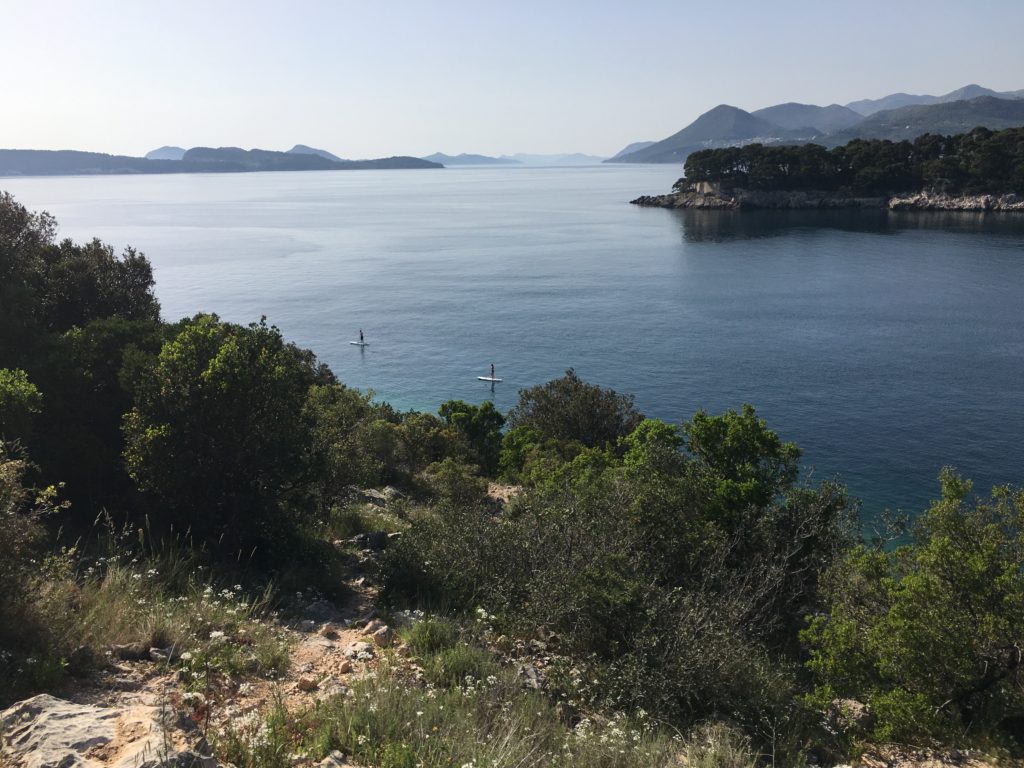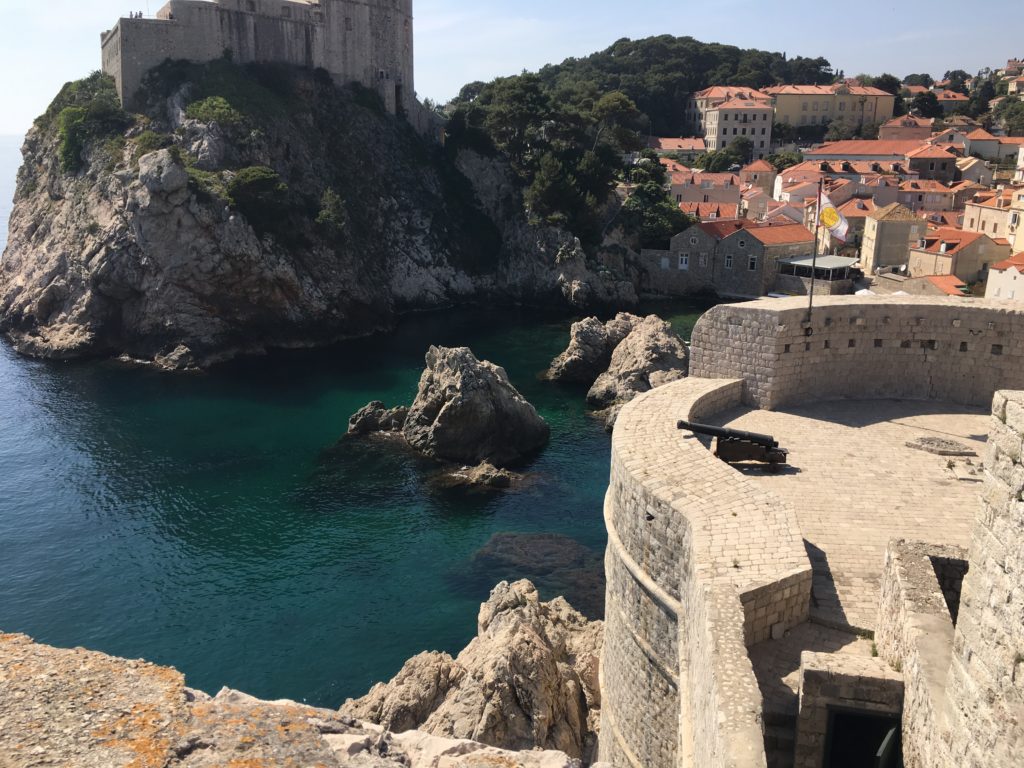The international community came together this April 2018 to review current best practices and international recommendations for conservative treatment of scoliosis. Dubrovnik, Croatia, a beautiful, ancient city on the Mediterranean coast, was the wonderful site of this year’s SOSORT gathering. SOSORT, the Society of Scoliosis Orthopaedic and Rehabilitation Treatment, is dedicated to the aim of implementing and improving conservative treatment of scoliosis worldwide. This society, founded in 2004, now boasts 300 members from 37 countries, including physical therapists, orthotists, doctors and surgeons.
This was my 3rd SOSORT Conference. As always, 3 1/2 days focused on all aspects of and new research about conservative scoliosis treatment is fascinating. 66 research papers were presented in addition to the interesting remarks of three keynote speakers. A rich variety of poster presentations were also on view.
Here are some takeaways I found especially interesting:
1). It is now generally agreed by this society that early detection and early treatment is most effective in avoiding curve progression.
2). It is also now commonly understood that bracing and scoliosis specific exercises are effective interventions in the treatment of scoliosis. The Rigo Cheneau brace and the French ART brace (not presently available in the US) have been studied extensively and have been found to give very good results.
3). Bracing accompanied by regular scoliosis specific exercises is more effective than bracing alone.
4). Practitioners are beginning to consider the front-to-back (sagittal plane) postural changes as equally, or in some cases, more significant than the side-to-side (Cobb angle) spinal changes – an awareness long emphasized in the treatment of scoliosis and spinal deformity at Advance Physical Therapy.
5). A study of sports activity found that young people involved in a regular sports activity demonstrated overall less curve progression. Sports are therefore encouraged.
6). Lower than normal bone density is common in young people with scoliosis. Bones with lower than normal density are more susceptible to deformation changes. It is therefore wise to have this checked and remedied where needed.
7). Hyper-mobility or excessive flexibility is present in a higher percentage of the scoliosis population than in the population in general. If your child is extremely flexible, it is prudent to visually monitor their alignment.

8). School screening is an effective way to identify young people needing intervention for scoliosis. Unfortunately, this practice is not prevalent in the US.
Scoliosis and Spine Disorders is the official journal of the SOSORT society. This open access journal is a good resource for the most recent research on prevention of, diagnosis of, treatment and outcomes for spinal deformities and disorders. In their own words: “This journal aims to provide an integrated and balanced view of cutting edge spine research to further enhance effective collaboration among clinical spine specialists and scientists to improve patient outcomes.”
The following is a link to a case study I published about the effectiveness of Postural Restoration treatment for scoliosis.
See also Advance Physical Therapy’s chapter in Innovations in Spinal Deformity and Postural Disorders in treating scoliosis with Postural Restoration: A Tri-Planar Asymmetrical Framework for Understanding, Assessing, and Treating Scoliosis and Other Spinal Dysfunctions.






